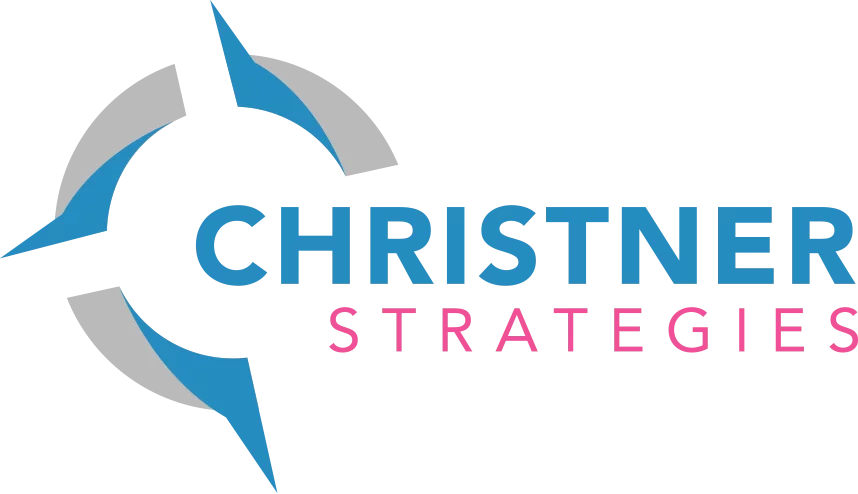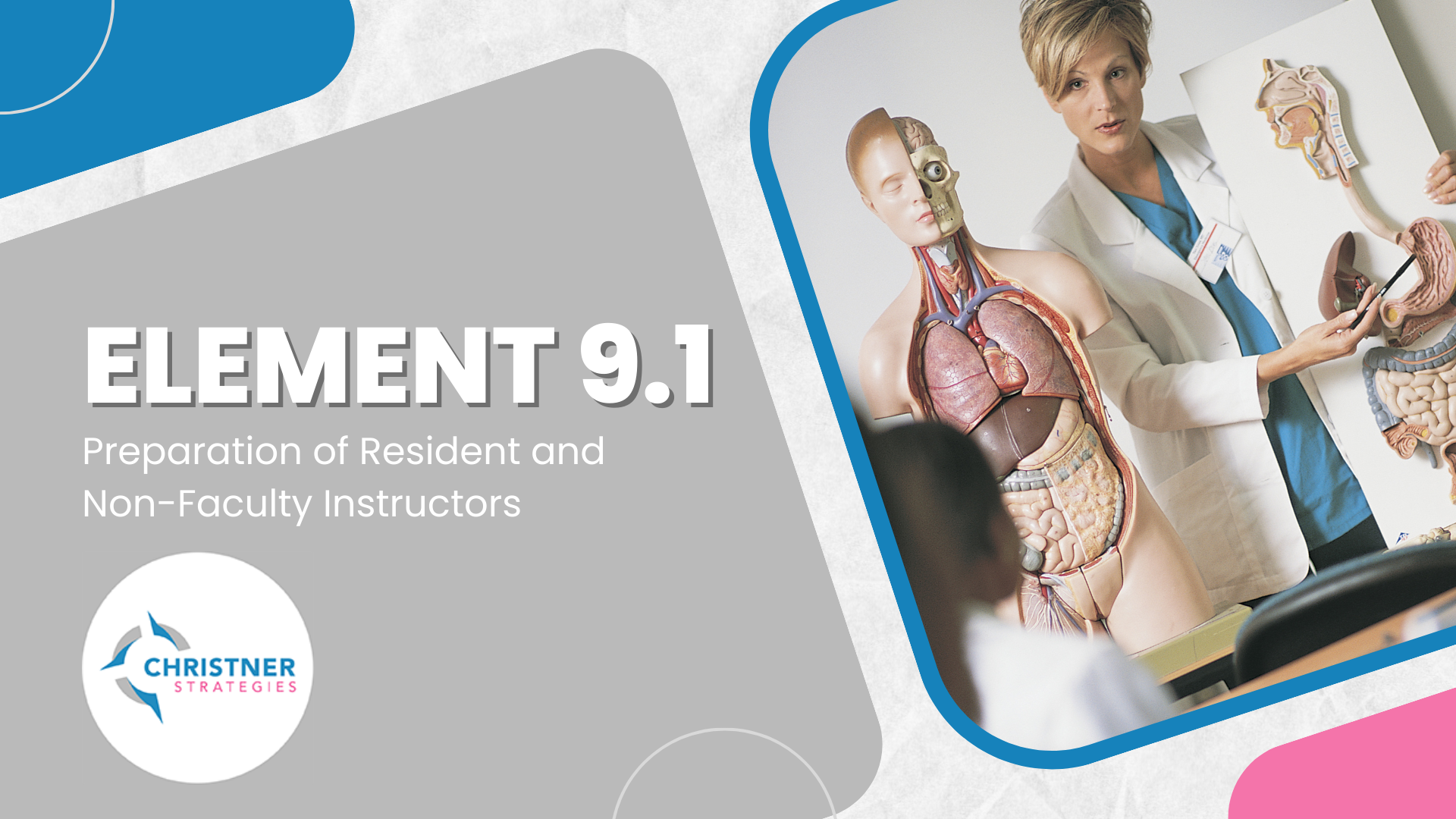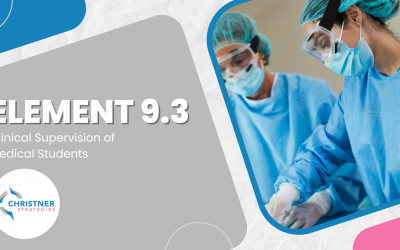LCME Element 9.1 – Preparation of Resident and Non-Faculty Instructors
(from 2022-23 Version): In a medical school, residents, graduate students, postdoctoral fellows, and other non-faculty instructors in the medical education program who supervise or teach medical students are familiar with the learning objectives of the course or clerkship and are prepared for their roles in teaching and assessment. The medical school provides resources to enhance residents’ and non-faculty instructors’ teaching and assessment skills and provides central monitoring of their participation in those opportunities.
Hidden Curriculum
The purpose of this element is to ensure that non-faculty professionals who regularly interact with medical students can deliver quality education based on an understanding of the curriculum and the learners’ needs. For most schools, the efforts to comply with this element focus on resident physicians. However, the element also includes non-faculty professionals such as allied health professionals, PhD and postdoctoral students who may teach and assess in a preclinical curriculum – don’t overlook these individuals! Additionally, the LCME requires programs with geographically distributed campuses take necessary measures to train residents/instructors at these sites. Take note: this extra level of coordination can often present a vulnerability for schools. Therefore, meticulous documentation of training activities is essential!
Training includes establishing a baseline of knowledge about the curriculum as well as providing ongoing opportunities to refine teaching skills on an annual basis (yes, this means that every resident and non-faculty teacher must renew training each academic year). Many schools capitalize on the AMA “Residents as Teachers” modules, however, this training alone is not sufficient. The LCME also requires training on school-specific information that includes program objectives, course-specific learning objectives, assessments, and important policies (e.g., student mistreatment, clinical supervision, and duty hours). Additionally, the LCME expects schools to supplement initial training with ongoing opportunities to refine teaching skills, which specialty-specific residency programs often orchestrate.
Most critical to this element is the need to record the completion of training in a way that the curriculum committee can monitor, review, and approve on an annual basis. Given the dispersed nature of residents and non-faculty instructors, especially if located at different sites, recordation can be the most challenging aspect of this element. For this reason, it is essential that a program’s curriculum committee establish a policy, follow clear workflows, and designate responsibilities to maintain a systematic approach. Further, the curriculum committee must articulate the consequences if residents and non-faculty instructors do not complete training in a timely manner, which must be built into the workflow.
Best Practices
Your institution’s Graduate Medical Education (GME) office is the primary partner in carrying out Element 9.1, so establish a positive working relationship with it. GME staff are central to deploying training modules, recording completion rates, and even tracking down non-compliant residents. In turn, develop and continually update program-specific training content that can be easily distributed to multiple locations to ensure educational comparability. Online modules that are housed on learning management systems that track completion rates can alleviate the administrative burden for GME and UME staff.
Reach residents through different avenues. Online modules, access to learning management systems, website resources, in-person orientations, presentations, and even hard copy materials represent multiple modalities by which to reach very busy residents. Presenting the same information in different formats will underscore its importance.
Continuous Quality Improvement
As mentioned before, establishing a policy, workflow, and central monitoring process are crucial to compliance. Designate staff who follow an institutional calendar that indicates when school-specific content must be updated and distributed to GME offices for training materials (well before the July start), the deadline by which residents must complete training, the timing of data collection, and dates of curriculum committee meetings when data are reviewed/approved. This institutional calendar should use GME’s “July New Year” to launch training to avoid a gap between training completion and interaction with medical students, as well as factor in off-cycle starts for new faculty and fellows.




0 Comments